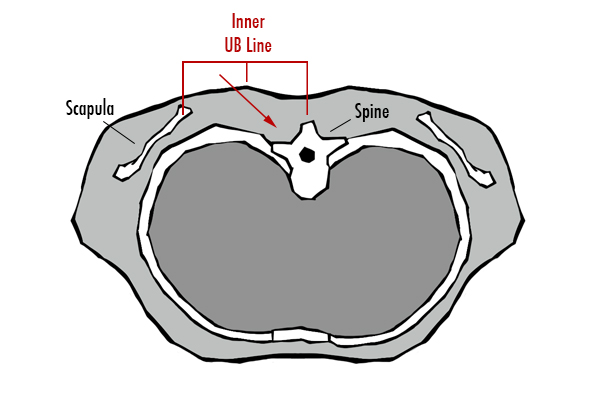Sir William Osler (1849-1919) was one of four physicians who founded Johns Hopkins Hospital. His medical career was simply brilliant. He created the first medical speciality training residency program and has been referred to as "The Father of Modern Medicine."
He wrote extensively about the act of practicing medicine. The statement above stresses the importance of seeing the individual in every patient we encounter. This simple truth is at the heart of all good medicine – both western and eastern.







